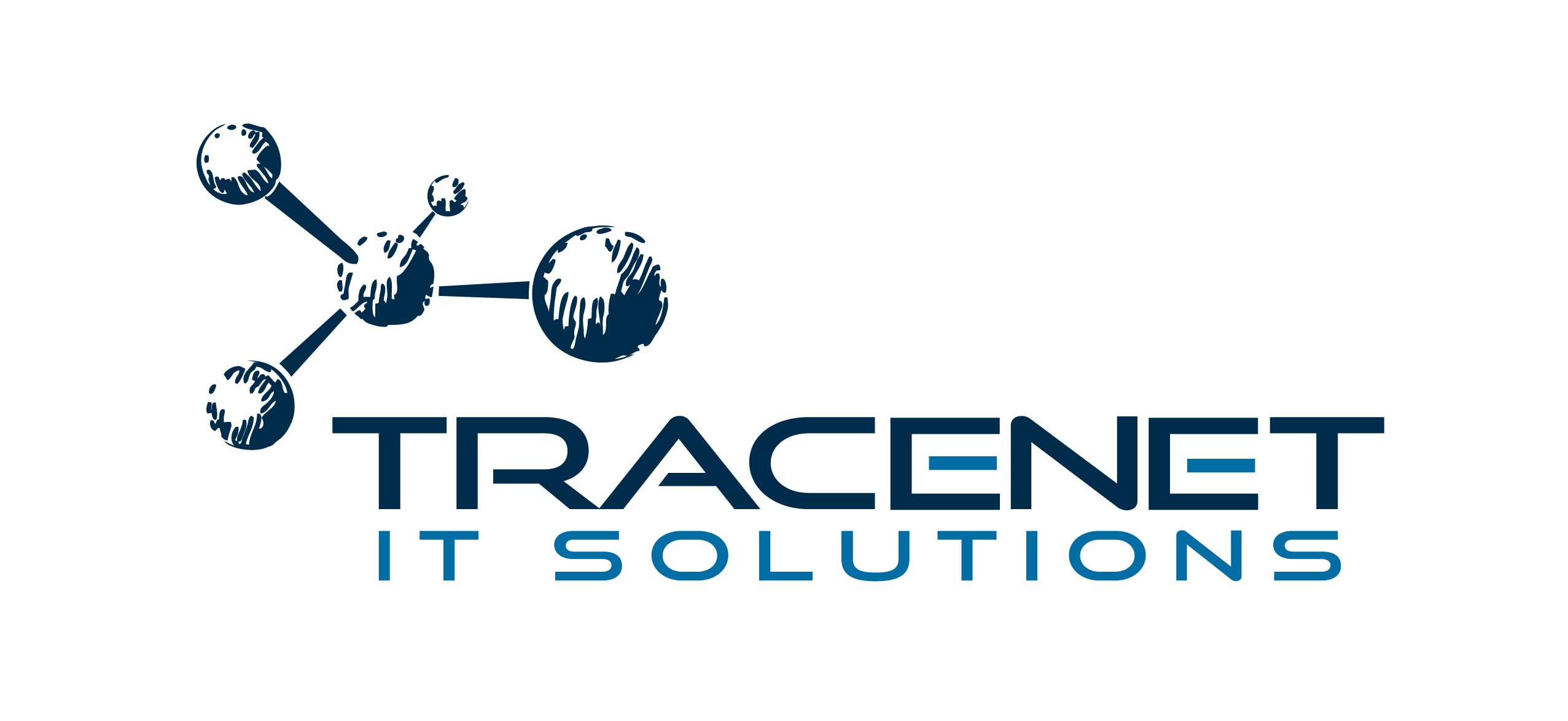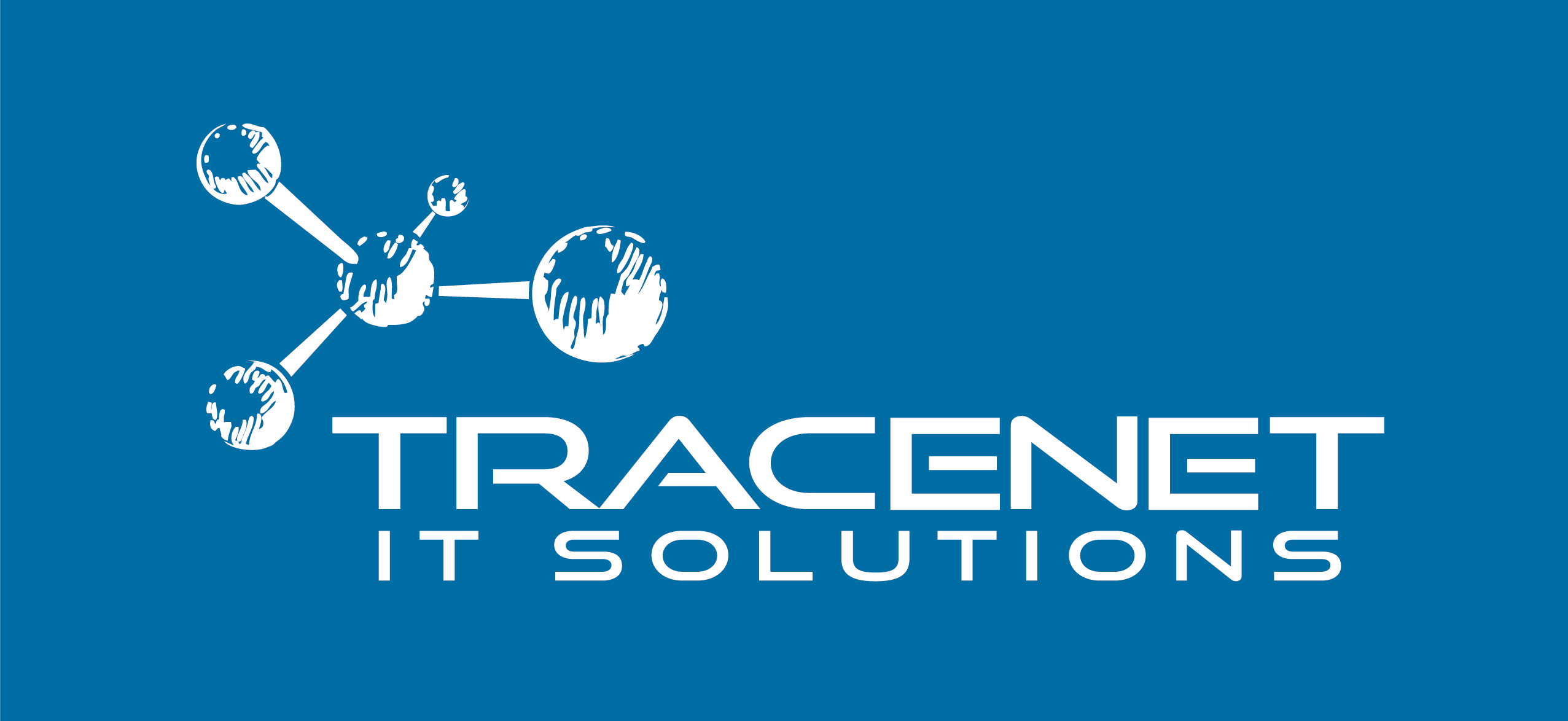Today, various tools are being developed to protect data transactions in different sectors. One notable example is the decentralized physical infrastructure network (DePIN), which uses resources such as blockchain to improve the efficiency, security, and transparency of these transactions.
DePIN networks enable the decentralized management of assets such as energy, transport and telecommunications networks, promoting collaboration between multiple participants. This approach reduces the need for intermediaries, giving users greater control over assets. Read on to understand how DePIN and blockchain technologies are interconnected and how they can revolutionize our interaction with physical infrastructure!
What are blockchain and DePIN networks?
While blockchain is a distributed ledger technology that makes it possible to store data securely and transparently in a decentralized network, DePIN (Decentralized Physical Infrastructure Networks) technology is a concept that uses blockchain to create and manage physical infrastructures.
In other words, DePIN networks take advantage of blockchain to ensure that physical assets such as energy, transport, and telecommunications systems are managed collaboratively and efficiently.
This means that instead of relying on a centralized entity, multiple participants can interact and contribute to the operation and maintenance of these infrastructures, promoting greater innovation and agility.
In addition, the integration between blockchain and DePIN ensures transparency in transactions and data security, allowing everyone involved to have confidence in the system. This synergy not only transforms the way we manage physical assets, but also opens up new possibilities for sustainable development and the creation of more resilient communities.
How does this union work in practice? Here are some examples
The practical applications of the integration between blockchain and DePIN are varied and can be seen in different sectors. Here are some examples:
- Energy networks: in communities that adopt renewable energy systems such as solar panels, decentralized management allows consumers and producers to exchange electricity directly with each other. Using smart contracts, transactions are automated, ensuring that everyone is compensated fairly and efficiently.
- Transport: decentralized platforms can optimize logistics in the transport sector, allowing participants to coordinate the use of vehicles and infrastructure. For example, blockchain-based ride-sharing services can facilitate communication between drivers and passengers, guaranteeing security and transparency in transactions.
- Telecommunications: in the telecommunications sector, decentralization can facilitate the sharing of infrastructure, such as telephone towers. This can result in reduced costs for operators and greater coverage for users, by allowing small businesses to access resources that were previously restricted to large players in the market.
- Smart cities: the integration of IoT (Internet of Things) sensors and devices can be managed in a decentralized way using blockchain. This makes it possible to collect and analyze data in real time, improving the management of public services such as lighting, traffic and waste collection, all in a collaborative and efficient manner.
- Agribusiness: in agriculture, the use of blockchain can guarantee the traceability of products from the farm to the end consumer. DePIN networks can allow small farmers to share resources and information, increasing transparency and efficiency throughout the supply chain.
- Real estate: instead of relying on centralized registries and intermediaries, properties can be registered in a decentralized ledger. This simplifies the buying and selling process, with smart contracts that can automate processes such as property transfer and rental management, reducing costs and the time needed to complete transactions.
- Healthcare: different healthcare systems can share information efficiently while respecting data privacy. For example, a patient’s medical history can be accessed securely by doctors in different institutions, ensuring that everyone has access to the information they need to provide proper care.
These examples show how the combination of blockchain and DePIN transforms the way we interact with physical infrastructure, promoting a more sustainable and collaborative future. With the advancement of these technologies, we are moving towards a new management model that prioritizes efficiency and innovation.
Advantages of combining blockchain and DePIN networks
Decentralization is one of the fundamental principles behind blockchain technologies and DePIN networks. This approach brings a number of significant benefits, such as increased security: as decentralization makes systems less vulnerable to failures or cyberattacks. Check out the other advantages:
1. transparency
Decentralization provides greater transparency in operations. With blockchain records, all transactions are visible to network participants, which reduces opportunities for fraud and manipulation. This is especially important in sectors where trust is fundamental, such as finance and governance.
2. Cost reduction
Eliminating intermediaries can lead to a significant reduction in operating costs. Instead of paying fees to banks or third-party platforms, users can carry out transactions directly, saving money at every stage of the process.
3. Accessibility
Decentralization democratizes access to services and resources. People who would otherwise be excluded from centralized systems (such as the traditional banking system) can participate in decentralized networks, enabling financial inclusion and access to new opportunities.
4. Innovation
With multiple participants collaborating and contributing, decentralized networks can accelerate innovation. Competition and collaboration between different actors can result in new ideas and solutions that benefit everyone, creating an environment conducive to development.
5. Data control
Users have greater control over their personal information in a decentralized system. Instead of having their data stored on central servers, which can be vulnerable to attack, users can manage their own data and decide when and how to share it.
To obtain more information about this subject and other things relationed at technologies, access Tracenet It Solutions website!



